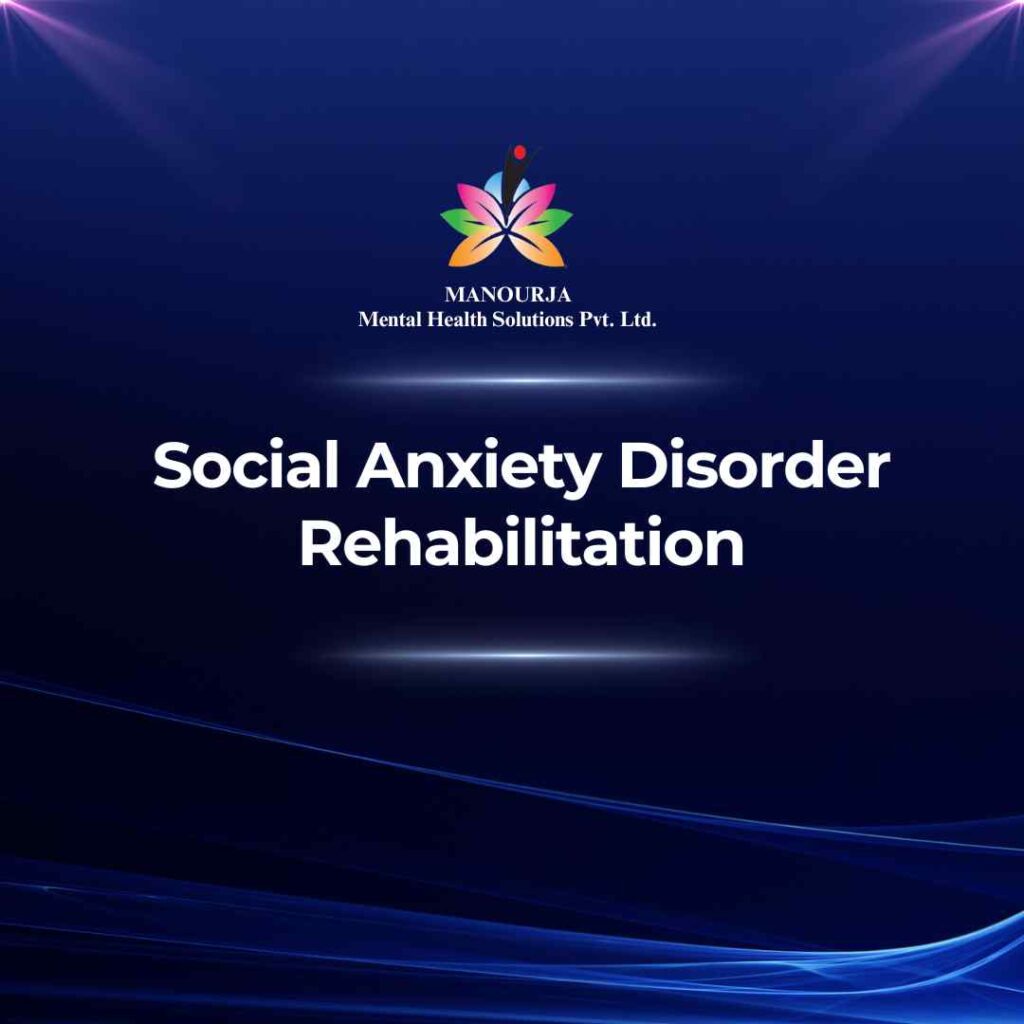Social Anxiety Disorder Rehabilitation

Social Anxiety Disorder (SAD), also known as social phobia, involves intense fear of social situations where one might feel embarrassed, judged, rejected, or fearful of offending others. This chronic mental health condition can significantly impact daily life, making early identification and treatment crucial.
Signs and Symptoms of Social Anxiety Disorder
The symptoms of Social Anxiety Disorder that individuals and their families should monitor include:
- Intense Fear of Social Situations: Fear that is out of proportion to the actual threat posed by the social situation.
- Avoidance of Social Situations: Avoiding social interactions that cause anxiety, which may include speaking to strangers, attending parties, or performing in front of others.
- Physical Symptoms: Physical signs of anxiety during social situations, such as sweating, trembling, blushing, or having a rapid heart rate.
- Excessive Self-Consciousness: Extreme awareness of oneself in social interactions, often accompanied by worries about behaving awkwardly or being viewed negatively.
- Fear of Being Judged: Worrying intensely about being judged by others in social situations.
Indicators for OPD vs. IPD Psychosocial Rehabilitation
Outpatient (OPD) Psychosocial Rehabilitation
- Suitable for individuals who have mild to moderate symptoms and can manage to maintain some level of daily functioning.
- Effective when the individual has a strong support network at home that can provide encouragement and stability.
- Appropriate for those who respond well to periodic therapeutic interventions without the need for daily support.
Inpatient (IPD) Psychosocial Rehabilitation
- Necessary for individuals with severe SAD that significantly impairs their ability to function in daily life.
- Recommended when symptoms include severe physical reactions, debilitating fear, or when the disorder leads to depression, substance abuse, or suicidal thoughts.
- Required when outpatient treatments have proven ineffective and the individual’s safety or well-being is at risk due to the severity of their anxiety.
Factors Influencing the Decision
- Severity of Symptoms: The intensity of the anxiety and the degree to which it disrupts daily activities.
- Risk of Harm: The presence of suicidal thoughts, depression, or substance abuse increases the need for IPD.
- Social Support: The strength and availability of a supportive home environment.
- Previous Treatment Response: Effectiveness of previous outpatient interventions.
Role of Psycho-social Rehabilitation in Treating Social Anxiety Disorder
Psycho-social rehabilitation helps individuals with SAD enhance their social skills, manage symptoms, and improve their overall quality of life by:
- Skill Development: Teaching coping strategies to handle social interactions more effectively.
- Cognitive Behavioral Techniques: Helping individuals to challenge and change negative thought patterns associated with social situations.
- Exposure Therapy: Gradually and systematically exposing individuals to social situations in a controlled manner to reduce fear and anxiety over time.
Techniques and Approaches Used at MANOURJA
At MANOURJA, the following methods are employed for treating Social Anxiety Disorder:
- Cognitive Behavioral Therapy (CBT): The primary treatment for SAD, focusing on identifying and altering negative thoughts and behaviors.
- Group Therapy: Provides a safe environment to practice social skills and gain comfort in group settings.
- Mindfulness-Based Stress Reduction (MBSR): Teaches mindfulness meditation to help manage anxiety in social situations.
- Virtual Reality Exposure Therapy (VRET): Uses virtual environments to simulate social situations for exposure therapy without real-world consequences.
Steps in the Rehabilitation Process at MANOURJA
- Assessment: Comprehensive evaluation of the individual’s specific fears, avoidance patterns, and the impact of SAD on their life.
- Treatment Planning: Developing a personalized treatment plan that incorporates appropriate therapies and interventions.
- Implementation: Engaging the individual in therapies and practices according to the plan.
- Monitoring and Adjustment: Continuously evaluating progress and making necessary adjustments to the treatment plan.
- Aftercare Planning: Establishing ongoing support mechanisms to maintain gains and manage symptoms after formal treatment.
Through tailored psycho-social rehabilitation, individuals with Social Anxiety Disorder can regain confidence in social settings, reduce their symptoms, and ultimately enhance their participation in everyday life. The structured and supportive environment at MANOURJA is designed to provide individuals with the tools they need to achieve and maintain improvement over the long term.
“Each step you take in facing your fears is a step closer to a world where you control your life, not your anxieties.”
